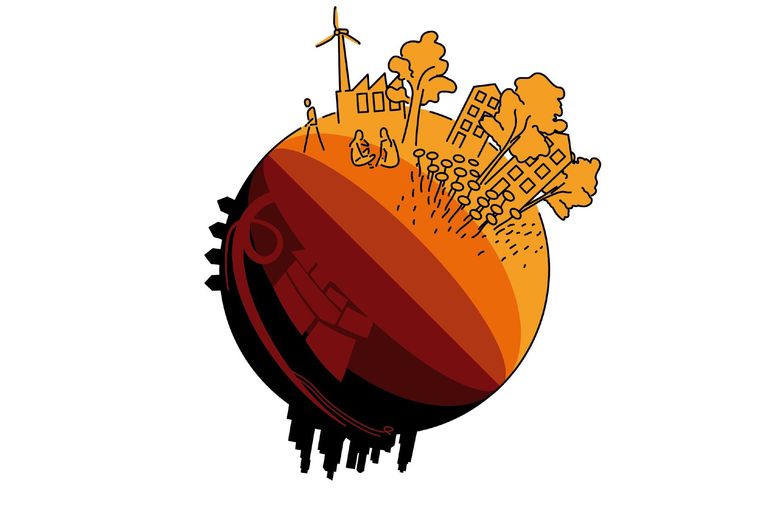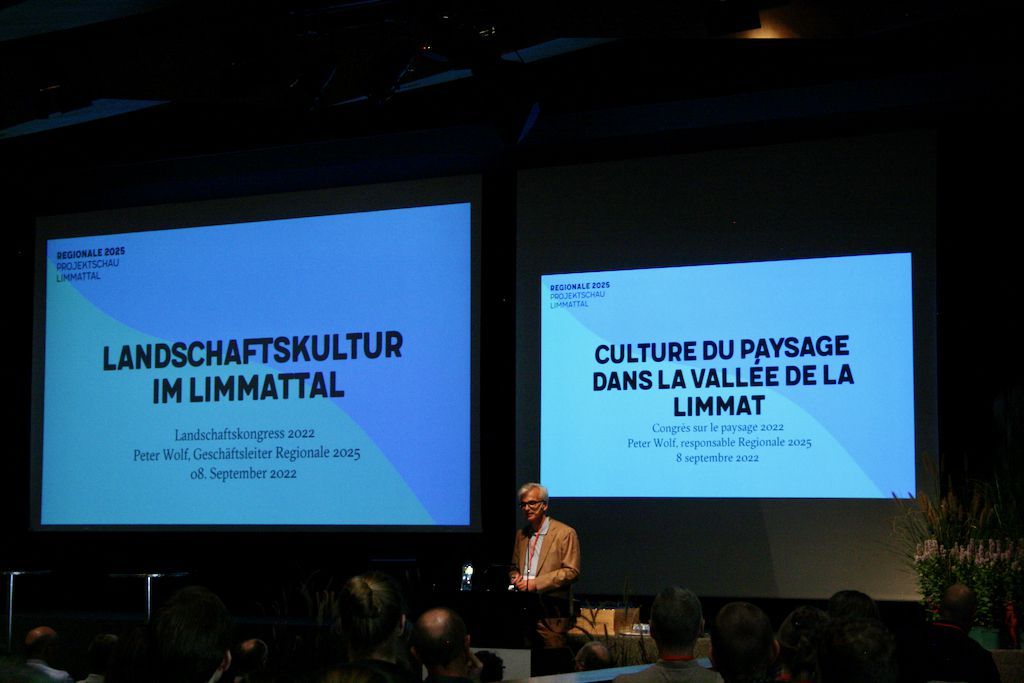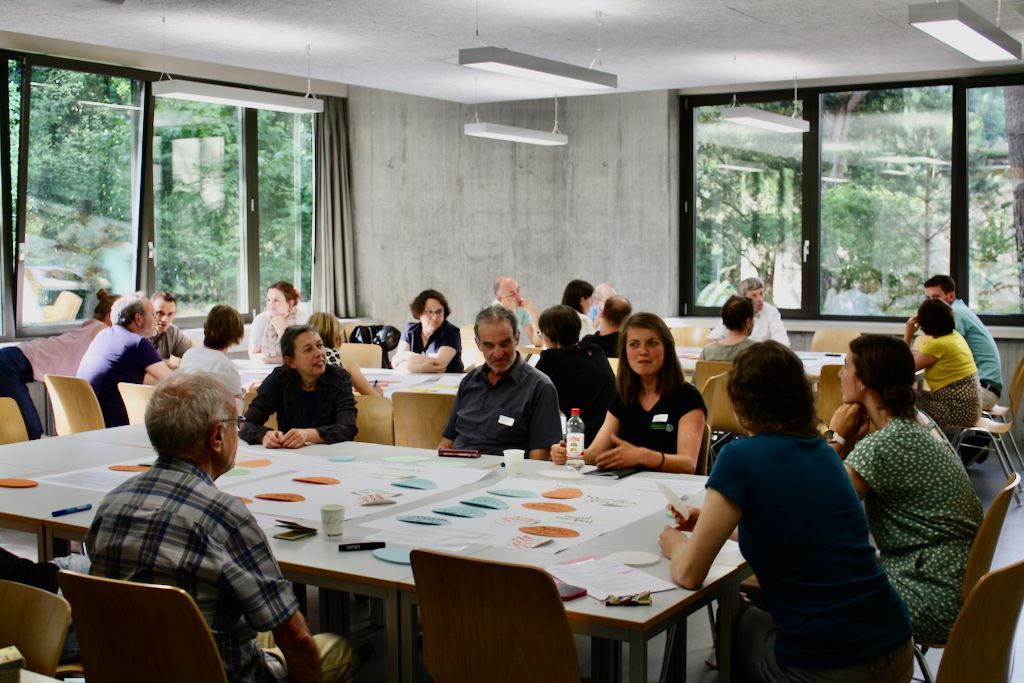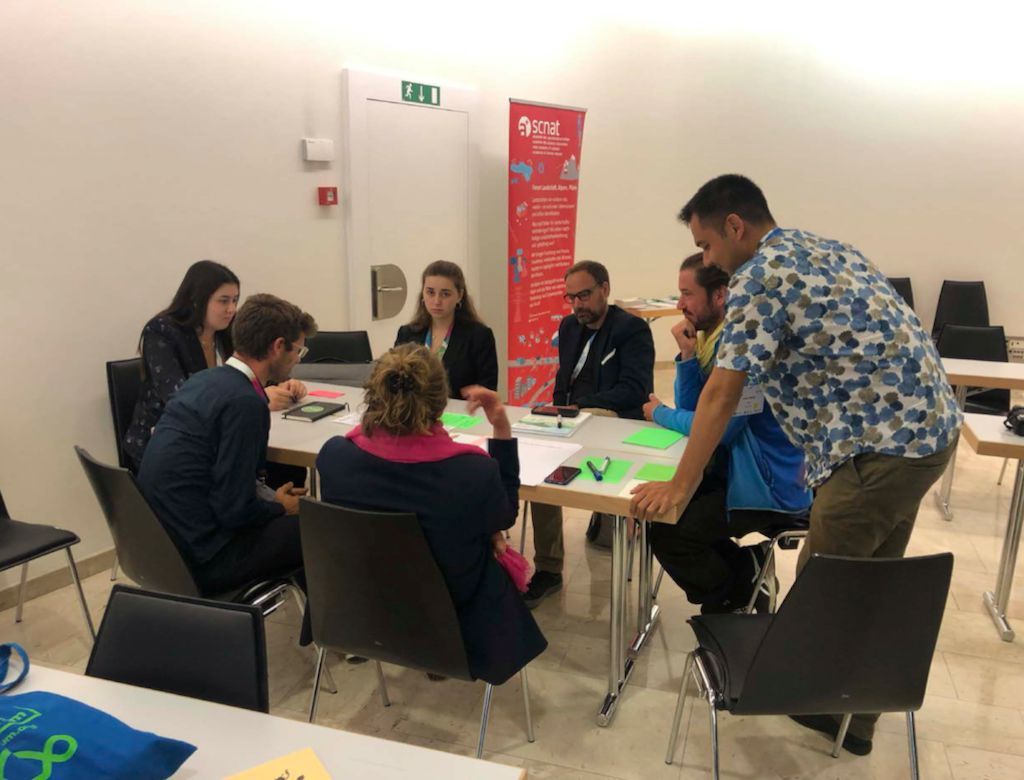Des espaces vitaux et prospères: un développement spatial durable

S'appuyant sur six thèmes prioritaires, le "Livre blanc sur la recherche en développement durable" présente les besoins les plus urgents de la Suisse en matière de recherche afin d'atteindre les objectifs de développement durable de l'ONU.
La mobilité, le logement et les choix individuels ont un impact profond sur les modes d’exploitation des sols, tant en Suisse qu’à l’étranger. La prospérité des espaces implique la manière dont nous percevons, exploitons, modifions, restaurons et protégeons nos espaces, et la ma-nière dont nous parvenons à concilier nos choix de vie et nos activités économiques dans le cadre d’un ensemble durable. Pour changer de cap, il faudra développer une vision commune de la voie à suivre et se concentrer sur des exemples inspirants de la manière dont les ressources foncières peuvent être utilisées de manière durable.
Key unresolved questions
Lire le livre blanc sur la recherche en développement durable (Priority Themes for Swiss Sustainability Research):
Mehr erfahren und Whitepaper lesen:
Vidéo: Innovations sociales dans les régions de montagne suisses (Thriving Spaces : durabilité et développement spatial)
Le terme "Thriving Spaces" (Des espaces vitaux et prospères) décrit des lieux dans lesquels la biodiversité ainsi que les personnes s'épanouissent : ils sont résistants, capables de se régénérer et favorisent le bien-être humain et les relations sociales. Les régions où se déroulent des innovations sociales sont de bons exemples de tels espaces orientés vers la durabilité. Par innovations sociales, on entend un regroupement de personnes très diverses qui partagent une vision et poursuivent un objectif commun. C'est justement dans les espaces périphériques qu'elles sont nombreuses. Dans la vidéo, les deux doctorants Samuel Wirth et Pascal Tschumi parlent d’un projet de recherche de l'Université de Berne sur les innovations sociales dans l'Oberland bernois.
Cette vidéo a été réalisée par des étudiants de la filière Multimedia Production du module Corporate Communications de la Haute école spécialisée bernoise. Les projets multimédias ont été réalisés dans le cadre d'une collaboration entre le WWF Suisse et les trois classes de Multimedia Production des hautes écoles spécialisées des Grisons et de Berne.



